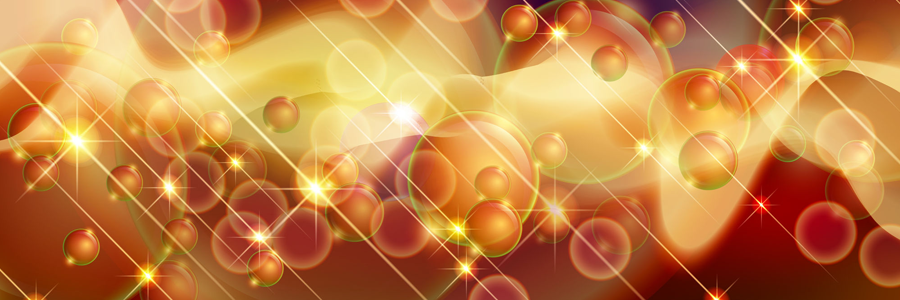
Did you know that all humans have a ‘blue-sky detector’ as part of our genetic makeup — we have special receptors in our eyes that react to blue content in daylight — as the day goes on our receptors decrease preparing us for rest and sleep?
Why is this important and how has it got anything to do with LED lighting technology?
Research conducted by scientists monitoring a mock voyage to Mars discovered that astronauts body clocks quickly slipped out of pattern — the human cycle works with the rising and setting of the sun, artificial lights do not (usually) send the right information to our systems to keep our bodies rhythms in check. The lack of natural lighting over long periods of time can cause many side effects; weight gain, loss of productivity, increased health problems, depression and stress.
Again, what does this have to do with LED technology?
During the study of the six astronauts on their (mock) voyage to Mars in a Russian spacecraft, it was noted that the lack of blue element in the fluorescent lighting was having a significant impact on the body clocks of those taking part in the experiment. Four out of the six astronauts found their sleep patterns severely disrupted, causing various physical and psychological health problems — bad news at the best of times and potentially disastrous in space. The outcome, NASA have an invested a huge $11 million on a project to replace all the fluorescent lighting on the International Space Station with LEDs so it can control the intensity, colour and timing of light during the day to match the circadian rhythms of the astronauts.
Luckily all the research undertaken to understand the biological effects of light has come at the same time as the development of the LED and lighting control technology — the understanding of these effects has allowed scientists to improve on fine tuning the intensity and colour of light during the day to ensure our circadian rhythms work in harmony with day and night. Schools, homes, hospitals and airplanes have all benefited from the improvements made by LEDs in lighting.
So, why the LED light?
We take for granted how much natural light works with our bodies to ensure we are performing to the best of our ability — in some circumstances, it is not always possible to have natural light available but with the improvements in LED technology it is possible to make sure our bodies are still performing to the best of their ability. Increased productivity, increased health and wellbeing, increased concentration, increased alertness and improved social behaviour. It is important to remember that to reap the benefits of the above it is imperative that the right LUX levels are used – for a guide on LUX levels see our previous blog Emergency lighting design and levels of glare.
